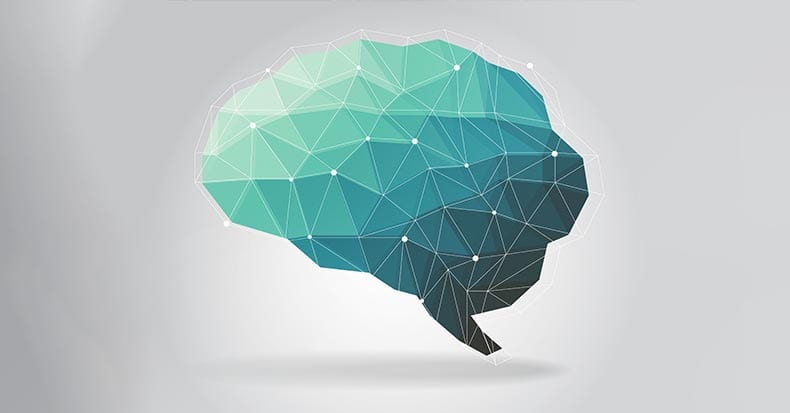
During the course of the history and examination with new patients, it’s quite common to encounter seemingly unrelated complaints that may benefit from chiropractic care.
For example, last month we looked at alternative nutritional approaches to treating high cholesterol rather than jumping at the use of statin medications. We’ve also discussed the association between balance and the neck and how important chiropractic adjustments are to the upper cervical spine in managing balance-related complaints such as Benign Paroxysmal Positional Vertigo (or BPPV). This month, let’s investigate the relationship of balance and how it relates to the health of the brain!
A recent Japanese study published in the journal Stroke found that difficulty balancing on one leg (eyes open) for at least 20 seconds is a possible sign of brain damage in an otherwise healthy person. In other words, there appears to be an association between poor balance and an increased risk for small blood vessel damage and reduced cognitive function (memory, association, the ability to communicate well, stay on task, etc.) in people who appear to be healthy. The authors stated, “Our study found that the ability to balance on one leg is an important test for brain health.” In this study, 841 women and 546 men (average age was 67 years old) were asked to stand on one leg for up to 60 seconds with their eyes open. Each participant repeated the exam twice and researchers recorded the best time. Next, each participant had a brain MRI to assess for small vessel disease and completed a computer based-questionnaire to measure conitive function. Researchers found an association between the presence of small vessel disease and the inability to stand on one leg with their eyes open for more than 20 seconds. More importantly, they found a similar association with subclinical (no symptom expression) blood clots / micro bleeds and cognitive loss with this balance impairment. In a similar study in early 2014, other researchers reported that an association exists between the amount of time 53-year-old men and women are able to stand on one leg and, “…all cause mortality rates.” When the small arteries in the brain are damaged and lose their flexibility, blood flow is interrupted to the brain depriving oxygen to the tissue, something that is more likely to happen with advancing age.
In prior articles, we have asked our readers to “test” their balance by standing on one leg with their eyes open for up to 30 seconds and eyes closed for up to 25 seconds (“normal” = 25 seconds for up to age 59; age 60-69 = 10 seconds, and age 70-79 years old = 4 seconds). Don’t forget to repeat this process on the other leg! If a patient’s unable to do this, their doctor may recommend doing “proprioception exercises” followed by re-testing this skill every 15-30 days to track their progress. This is a very common problem, and it usually improves with balance-challenging exercises. These exercises include simply standing on one leg while in the kitchen, watching TV, standing in line….you name it! Take advantage of your standing time and do some balance challenging exercises! Of course, if you’re wobbly and find yourself “windmilling” to maintain your balance, do this in a safe environment – in the corner of a room, for example. To make the exercise even more challenging, try standing on a pillow or a folded up towel and/or shut your eyes to REALLY make your brain work! We can also train you on the use of a rocker board, wobble board, and gym ball for adding more fun and are very effective ways to improve your proprioceptive skills. We can test you to see what your balance skills are and according the latest research. This test may even reveal additional important information!